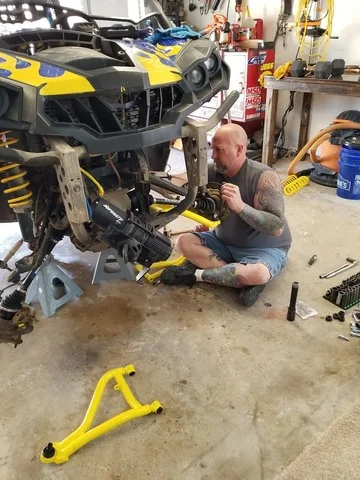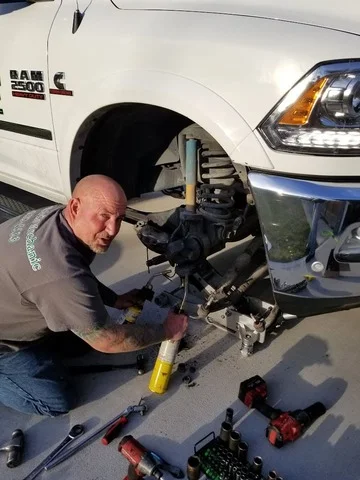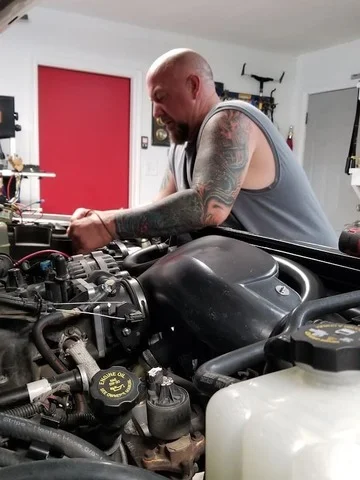Cooling System
Automotive cooling systems are a critical part of a vehicle's engine operation and performance. Their main function is to transfer heat away from the engine and prevent overheating, which can cause significant engine damage.
The cooling system consists of several components, including the radiator, water pump, thermostat, coolant, and hoses. Coolant is a mixture of water and antifreeze that flows through the system and absorbs heat from the engine. The water pump circulates the coolant through the engine block, cylinder head, and radiator, and the thermostat controls the temperature of the coolant by regulating its flow rate.
As coolant flows through the engine, heat from the combustion process is absorbed, and the coolant becomes hot. The coolant then flows through the radiator, where heat is transferred to the air, and the coolant is cooled. Once cooled, the coolant is recirculated back through the engine, and the process begins again.
Problems with the cooling system can lead to engine overheating or damage. Common signs of cooling system problems include coolant leaks, low coolant levels, overheating, and a "sweet" smell from the engine compartment. Regular maintenance and inspection of the cooling system, including changing the coolant at recommended intervals and replacing worn or damaged components, can help to prevent problems and prolong the lifespan of the system.
Many modern vehicles also use advanced cooling technologies, such as electric cooling fans and liquid cooling systems, to improve performance and reduce engine heat. Proper functioning of the cooling system is critical to the proper operation and longevity of a vehicle's engine.






